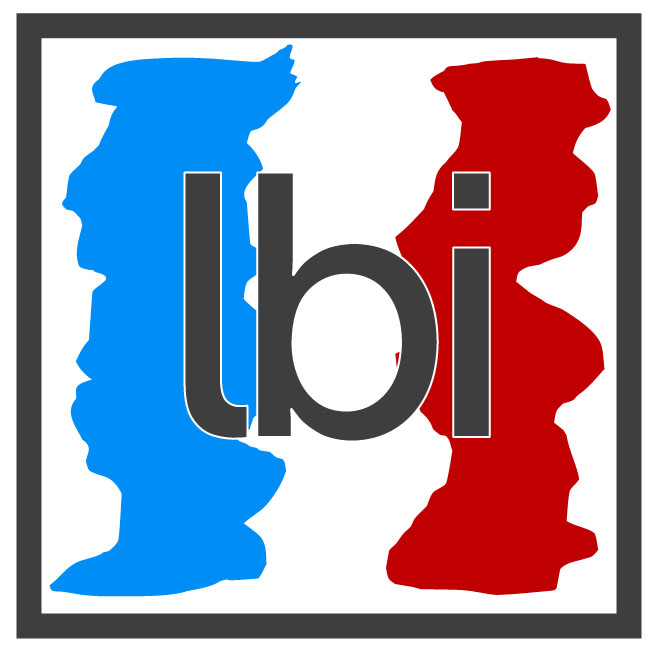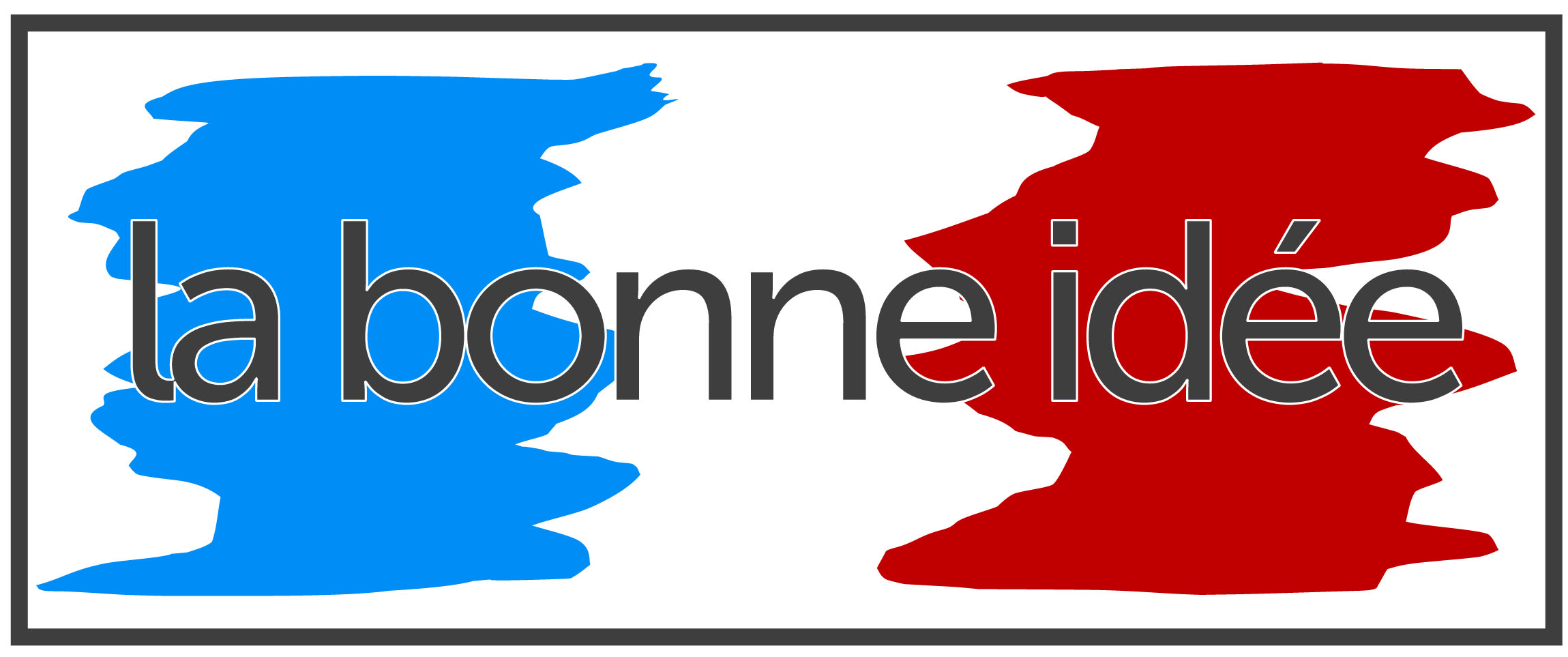
"If we knew what it was we were doing, it would not be called research, would it?" — Albert Einstein
|
R E S E A R C H |
Now in the middle of my current scholarly project, I take much comfort in Einstein's preceding quote. Perhaps it’s because of the enormity of my task, which is to examine the practices, beliefs, and politics of Catholics in approximately fifty-two small towns located in eight diverse regions of France during the French Revolution. To non-specialists these parameters might seem rather strange. Why is the study shaped in such a way? Why, for example, consider religion as opposed to politics, economics, or art? A predominantly Catholic country at the outset of the Revolution, France had a relatively unified religious culture that served as one of the kingdom’s few common bonds before 1789. Catholicism was not only a basis for much French sociability; it was also a frequent source of economic and cultural interchange among individuals. Even more important, it was integral to the comprehensive cosmology of the French people, in part through its prescribed norms of public and personal morality. Yet for these reasons Catholicism quickly became politicized during the French Revolution, resulting in acute divisions not only between the revolutionary state and the people, but also among Catholics themselves. Indeed, some of the most protracted internal struggles characterizing the Revolution revolved around what Catholicism had been, what it was to be vis-à-vis the new political order, and what role it ultimately should play in people’s lives. Despite this, the topic of religion has been frequently overlooked by revolutionary scholars over the past forty years or so. But that still leaves the matter of studying religion in small towns, as opposed to bigger cities or entire regions. What was so special about these locales? The Revolution was urban in origin, at least in the sense that it was led by those in major cities—most notably Paris—and many ideas propelling it had long germinated there as well. Still, in the eighteenth century the vast majority of the French resided in the villages and small towns (the latter called in French bourgs or petites villes) of the countryside and was less conscious of elite political culture, meaning that there often was a disconnect between the Revolution’s leadership and the majority of individuals for whom it claimed to speak. Small towns occupied a critical space—an explosive nexus, in fact—where the revolutionary impetus from urban areas and the rural masses came face-to-face. Yet nowhere was this more true than in communities having administrations for new political jurisdictions called districts. These seats of local power not only stood at political and cultural crossroads, but also because of this became microcosms of the revolutionary maelstrom as a whole. Somewhat like the topic of religion, however, most recent scholars have sidestepped small towns in preference to larger urban communities or, conversely, predominantly rural ones. Even so, why examine the small towns of eight regions, instead of those in just one or two? While Catholic culture was a unifier before 1789, France remained highly variegated—including the ways in which Catholicism was understood, institutionally defined, and even practiced and observed. Some regions, such as provinces in the west, far north, and far east, had proportionally more Catholic clerics and institutions than those provinces of the center, southwest, and southeast. France became more centralized and homogenous after 1789, but many of its provincial distinctions persisted into the revolutionary years. Thus if one were to confine the research of religion during the Revolution to small towns merely located in one or two regions, the resulting study might be informative but less than revealing about the entire nation. Meant to transcend regional variations, my study considers small towns in eight regions: the departments of the Ille-et-Vilaine (West); the Haute-Garonne (South); the Isère (Southeast); the Gironde (Southwest); the Côte d’Or (East); the Puy-de-Dôme (South-Central); the Meurthe (Northeast); and the Seine-Inférieure (Northwest). In this way I seek to tell a story about France as a whole. |
France in 1790 This map shows the 83 new administrative units, called départements, created in the early stage of the Revolution. These political subdivisions were then made co-terminus with new religious ones in 1791 so that each department also constituted a Catholic diocese. Most departments have the same boundaries today as they did in 1790, and collectively they remain integral to political administration in France. The departments shown in black on this map are those considered in Ed's current project. [This map has been modified from one posted by le site sur la population et les limites administratives de la France (le SPLAF). My thanks to the creators of this site for making this relatively rare map freely available to the public.] |
 |
| The study is still in its preliminary stages (much of the research is done but the writing is just beginning) and so I’m reticent to reveal what I’ve found thus far. Nonetheless, a few themes have become clear. The first revolves around the way in which Catholicism became politicized during the Revolution and how this served to divide the nation so keenly that it thwarted revolutionary efforts to make France a democratically deliberative body. The second involves how, in spite of this division (and partly because of it), the religious troubles of the Revolution fueled the propagation of democratic ideas and practices, particularly once the state sought to remove religion from the public sphere. This forced many Catholics to challenge authorities who claimed to be representing the popular will and to assert their individual rights in the face of repression by the state. The third theme pivots on how, in light of so much religious contention, the French state became more centralized—that is, a more cohesive and coherent administrative body—while at the same time local officials grew more dependent on such a structure. This was accomplished in and through developments like the nationalization of Church property, state payments of clerical salaries and pensions, government oversight of efforts to “dechristianize” the nation, and police surveillance of Catholic clergy and laity. In this way Catholicism helped make the French Revolution what it was—at least as much, I would argue, as ideology, international and civil war, or the event’s most celebrated leaders. | ||
 |